Purple Stuff in Salad: What Can It Be? [10 Ideas]
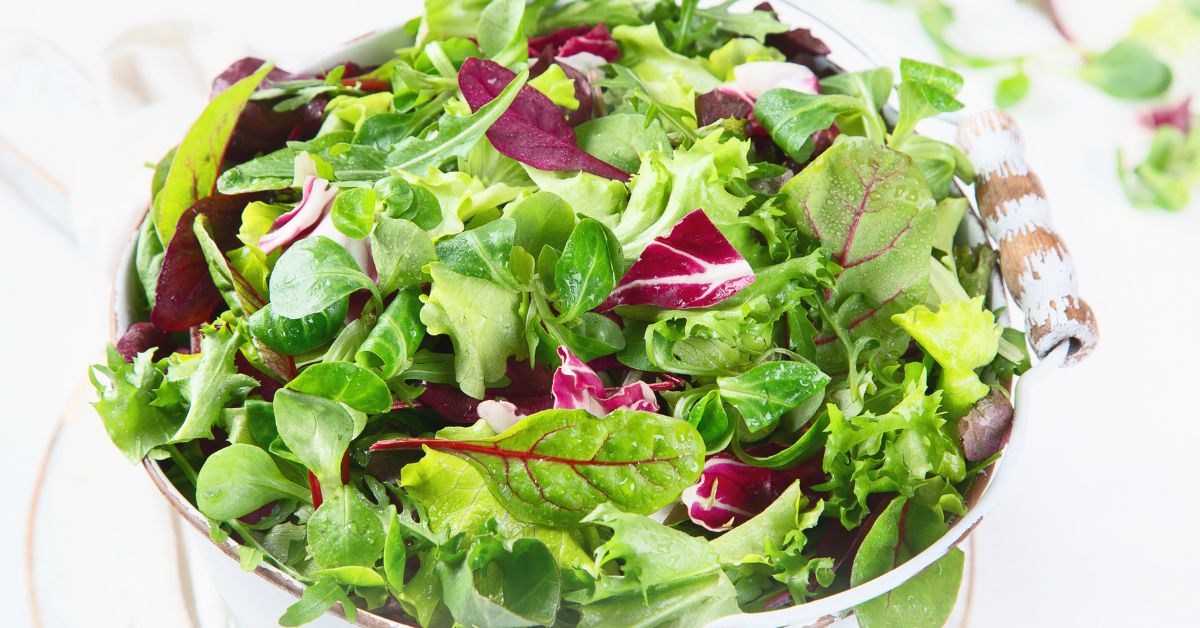
Believe it or not, many vegetables we know and love have a purple counterpart. The purple vegetables contain vitamins and nutrients but are also known to be very powerful antioxidants. When you see a purple thing in your salad, be sure that that salad is extremely healthy, but what is the purple stuff in your salad?
Purple lettuce, radish, red cabbage, beetroot, purple carrot, purple tomato, purple cayenne pepper, purple cauliflower, red beans, or purple corn can be the purple stuff in a salad.
The purple stuff in a salad, regardless of what they are, can significantly increase the quality of the salad and are very recommendable to have on regular bases. It is not to say that the not-purple stuff is bad, far from it, but purple-colored vegetables are very high in antioxidants, which makes them superfoods. In the following paragraphs, I will list some purple vegetables, explain their flavors, and discuss their uses.
What Are the Purple Vegetables in Salads?
Many things can be the purple stuff in a salad. Starting from the most common purple leafy vegetables such as purple lettuce to the less known ones, such as the purple tomato, for example. The purple vegetables are packed with antioxidants, which is why they are frequently used in salads.
They also tend to have a more robust structure than not-purple vegetables; therefore, a purple vegetable salad is a bit coarser than a regular one.
Purple Lettuce
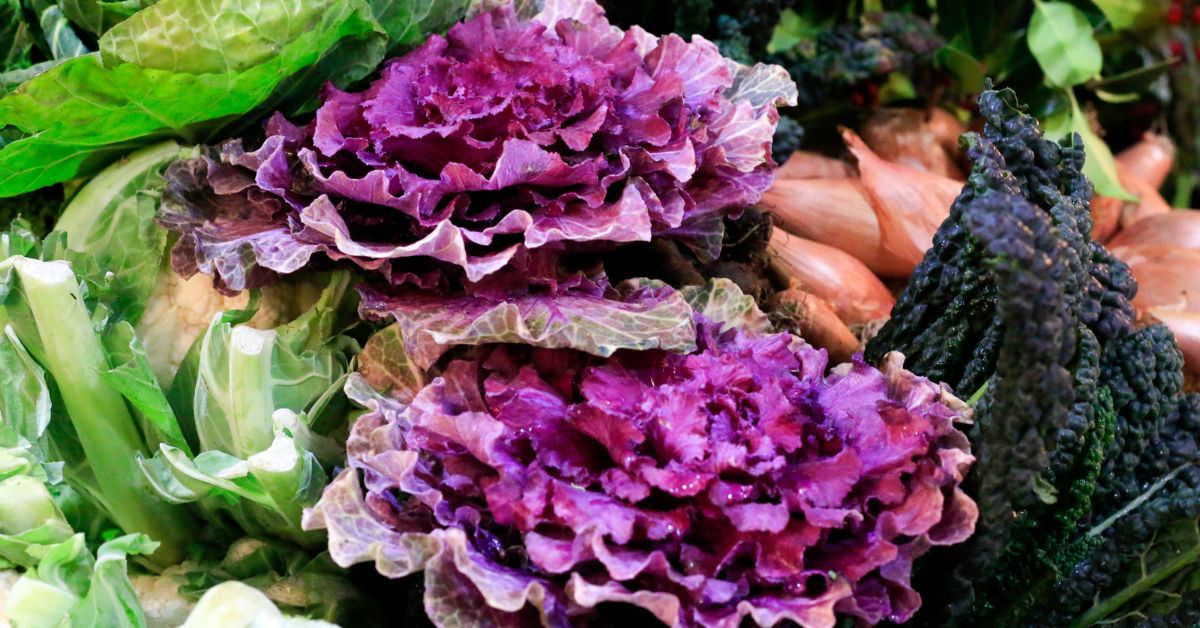
While the regular green lettuce has a grass-like flavor and texture, the purple lettuce is thicker and juicier. Its another name is radicchio. In essence, you can use purple lettuce anywhere you use green lettuce, though it doesn’t do great in sandwiches, as it gives the sandwich a cabbage-like taste instead of just the understated crunchiness.
Radish

Red on the outside and white on the inside, it isn’t unheard of for radishes to become purple-colored when mixed in a salad. Though they tend to release purple color, instead of becoming purple themselves, they can still be the purple stuff in a salad, which is why they made it on this list.
Radishes are very healthy and have a wide application fresh and cooked. Roasted radishes are a delicacy and can be used as a substitute for potatoes.
Red Cabbage
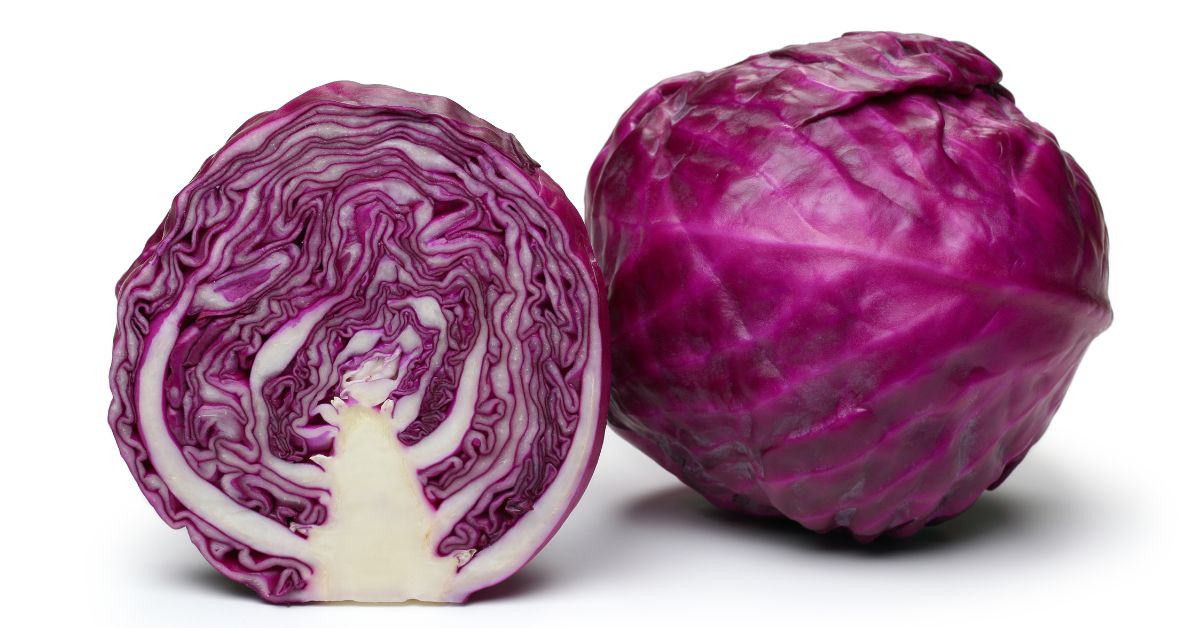
Red cabbage is juicier and more robust than regular cabbage, which is why it is rarely used for sauerkraut. While regular cabbage tends to soften when salted and submerged under water, red cabbage is more of a fighter, and though it gives in, it still retains its crunchiness.
Otherwise, red cabbage and regular cabbage can be substituted for one another, as they taste almost the same, with the red cabbage being the stronger tasting of the two.
Beet Root
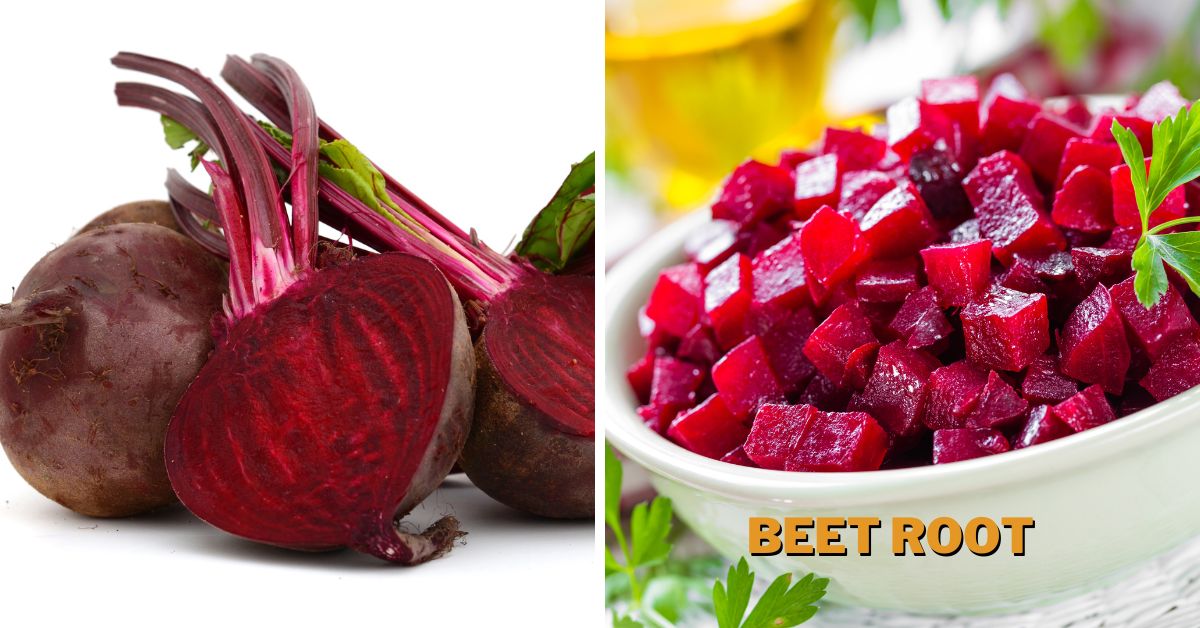
Purple on the outside and purple on the inside, beetroot can be the purple stuff in a salad. Beetroot has made a name among vegetables as being incredibly healthy and nutritious. Sadly, beetroot isn’t everyone’s cup of tea as it has a very earthy flavor intertwined with bland sourness.
While you can have a carrot and enjoy it as it is, you need to season a beetroot, and even then, you may not like it. Beetroots do well when cooked, and they are also delicious when pickled, so if you don’t like your beetroot fresh, the good news is that you have other options.
Purple Carrot
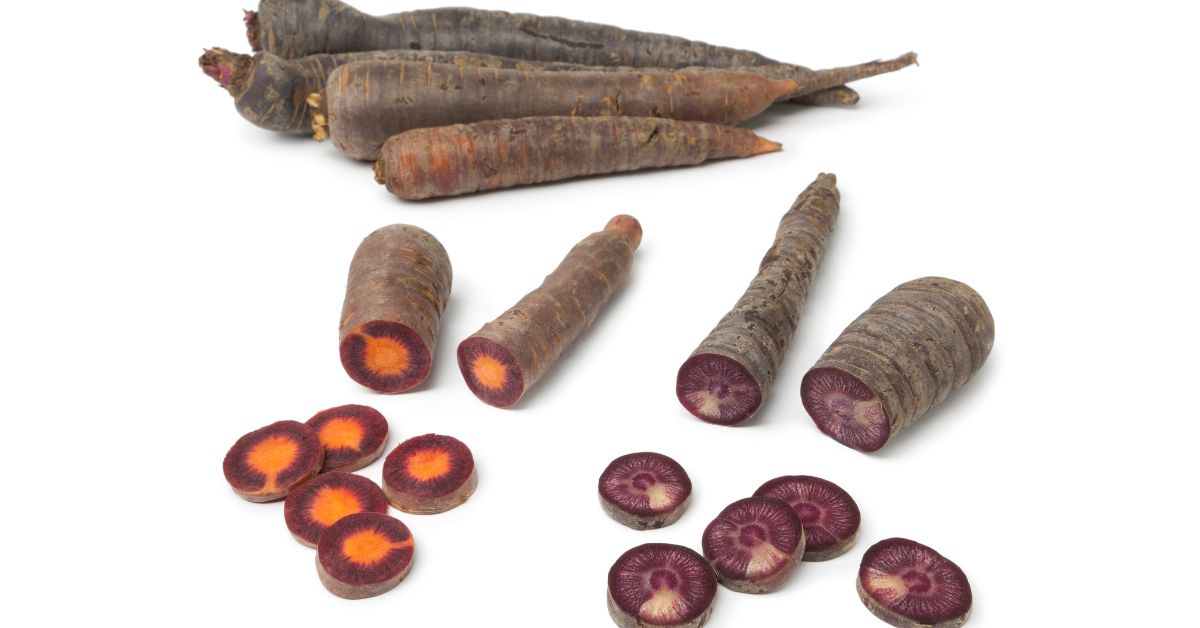
The purple carrot is noticeably coarser than the regular orange carrot between purple lettuce and regular carrots. You can use it as a regular carrot, but don’t pickle it as it doesn’t do well when mixed with preservatives.
Cooked, the purple carrot is similar to the radish, only sweeter, but it doesn’t get as soft and creamy as the regular carrots, so if you like this, go for it.
Purple Cauliflower
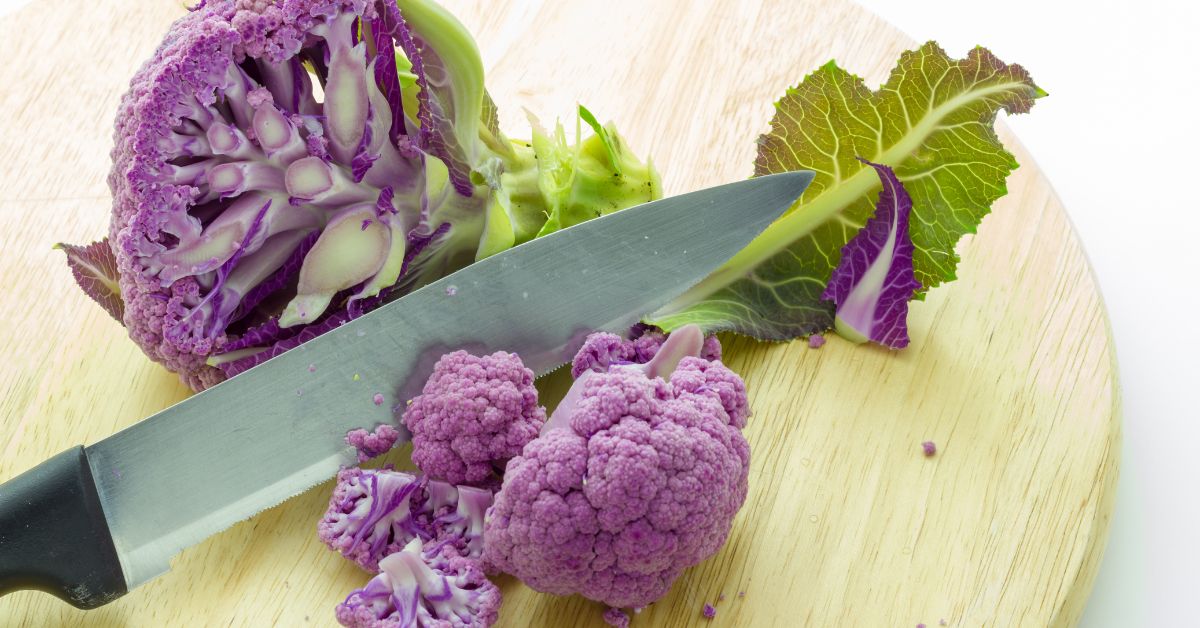
Best in autumn, the purple cauliflower is a genuine delicacy. It tastes similar to regular cauliflower but is a bit more flavorful and a little less bland. Purple cauliflower often finds its place as the purple stuff in a salad, as it has a cabbage-like flavor, and, unlike regular cabbage, it does excellently when fresh.
Purple cauliflower is usually stirred before mixing in a salad as it needs to soften a little to be even better. Known for its uses in casseroles or fried with meat and mushrooms, the purple cauliflower is very versatile and a great ingredient to introduce into your kitchen.
Purple Tomato
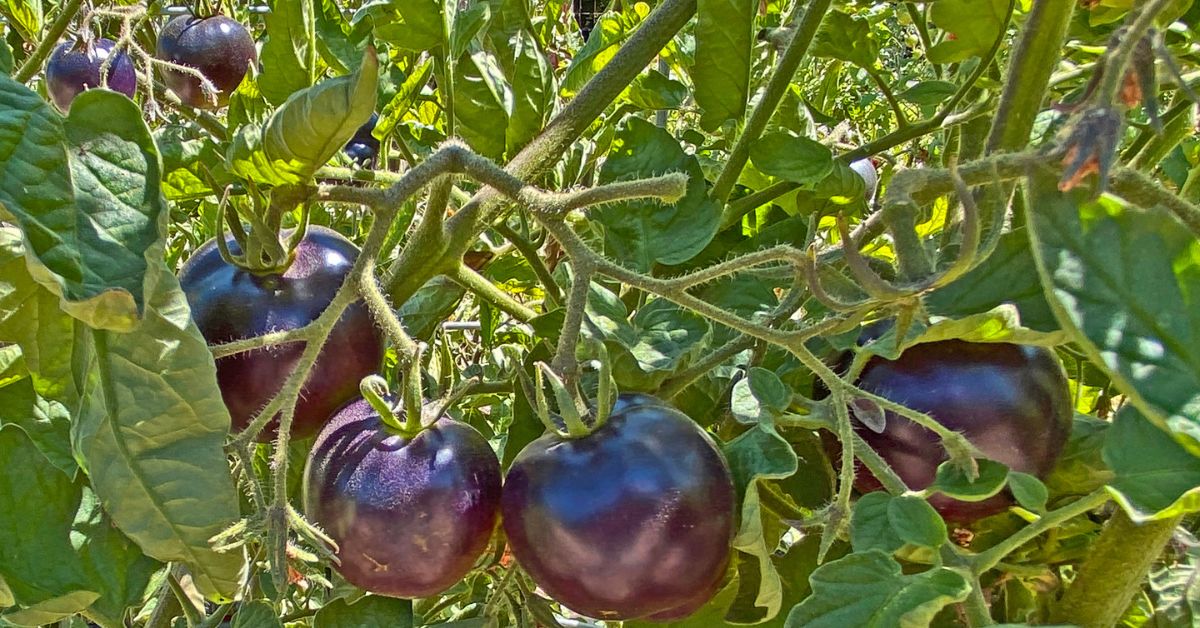
The purple tomatoes fall under the most flavorful tomatoes category. They are fruity sweet, something like a plum, while retaining the characteristic tomato acidity we all know and love. As they are purple, they are bound to be more robust than regular tomatoes, and therefore they do best when used fresh in a salad or pickled before they ripen.
Purple tomatoes are not meant for sauces or dips, so do not waste them on things like that. Instead, use your purple tomato as a salad or fresh on the side.
Purple Cayenne Pepper
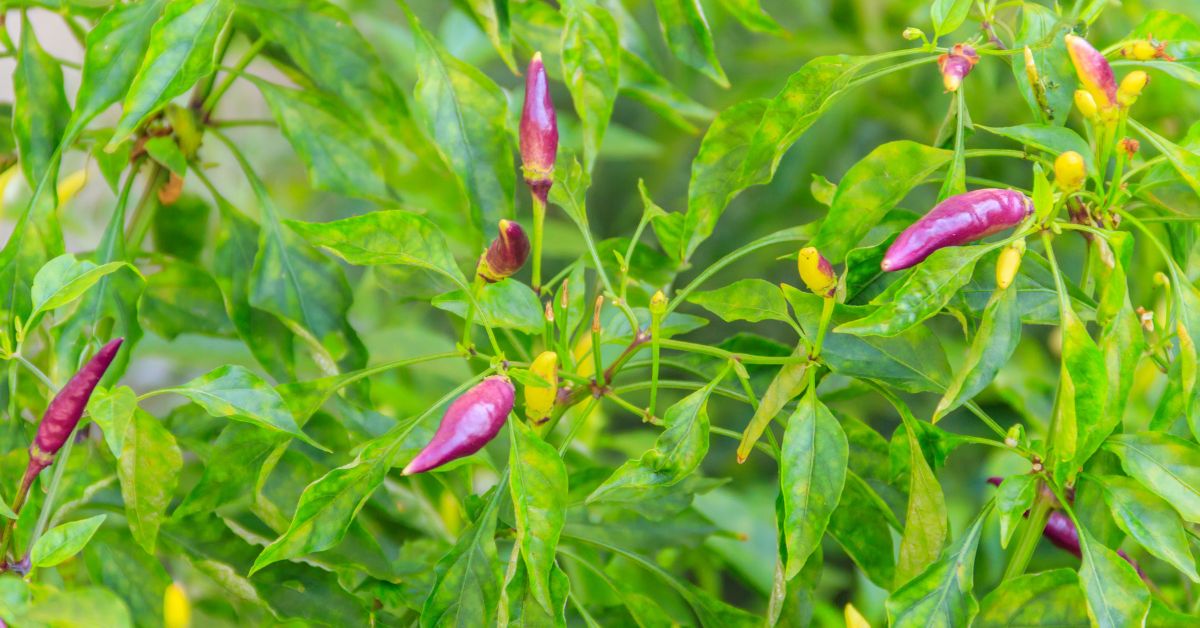
The fresh and crisp bitterness is what purple cayenne peppers are known for. They are not as sweet as the other colors and are recognizable by their fresh and grassy flavor.
Purple cayenne peppers are great for salads but do well when baked, stir-fried and grilled, which is quite unusual for purple vegetables.
Red Beans
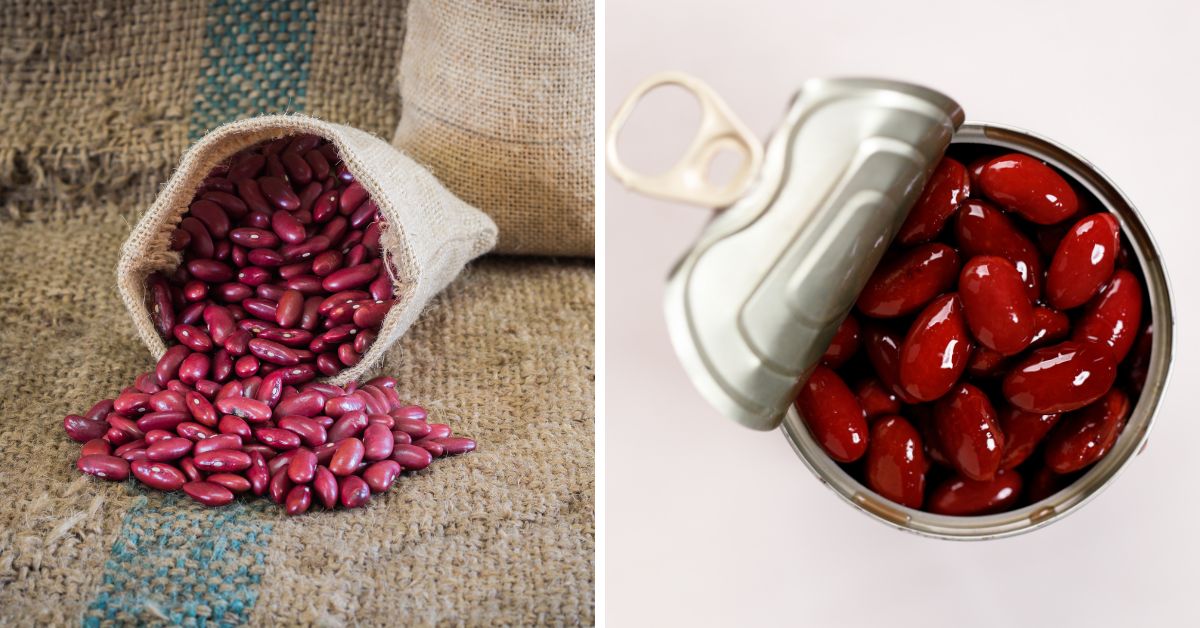
In addition to being used in many other dishes, red beans are famous for their use in salads as well. They work best with leafy greens such as spinach but also cooperate greatly with broccoli and carrots.
Red beans are a blank seasoning canvas, so they will absorb any seasonings and spices you top them with. Unseasoned, they taste between bitter and bland; if nothing else, they require a pinch of salt and a few drops of oil.
Purple Corn
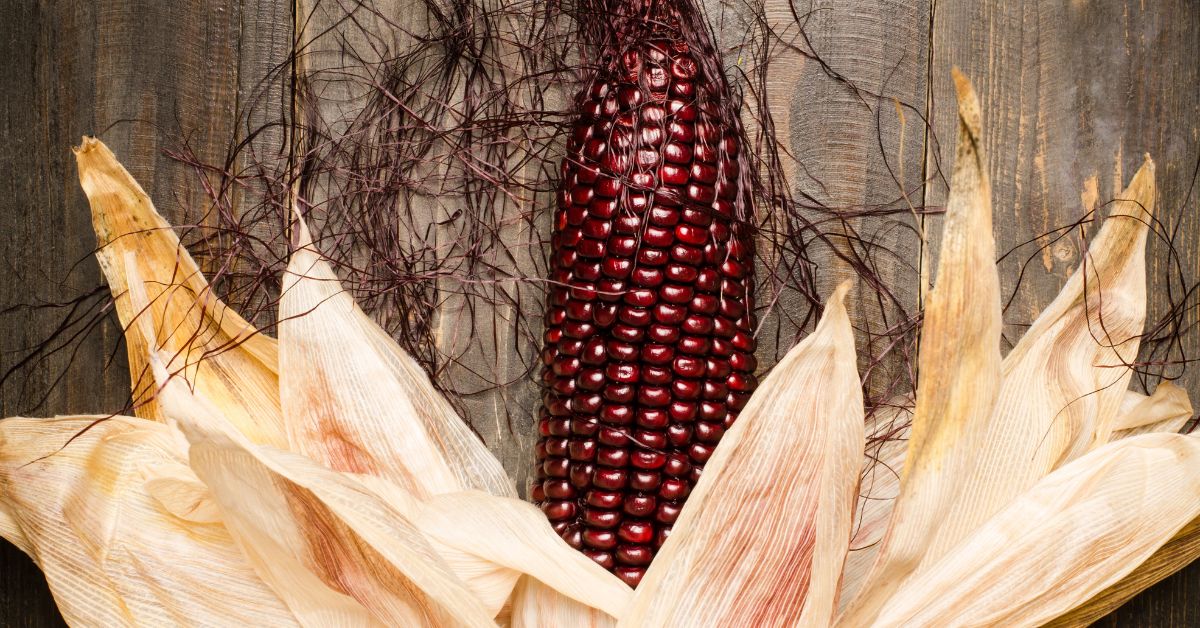
Purple corn has all the sweetness of regular corn and all the nutrients from being purple. It has established usage as a superfood for diabetes, heart disease, and even cancer, so you won’t regret introducing it to your menu. In addition, purple corn is delicious, and you can use it anywhere you would use regular corn.
Purple corn does excellent in salads, as well as an ingredient in other dishes.
What Is the Purple Stuff in Coleslaw?
Coleslaw is often purple, and the reason for that is purple cabbage. Making it with purple cabbage can make coleslaw entirely purple. You can make coleslaw with regular cabbage and with purple.
